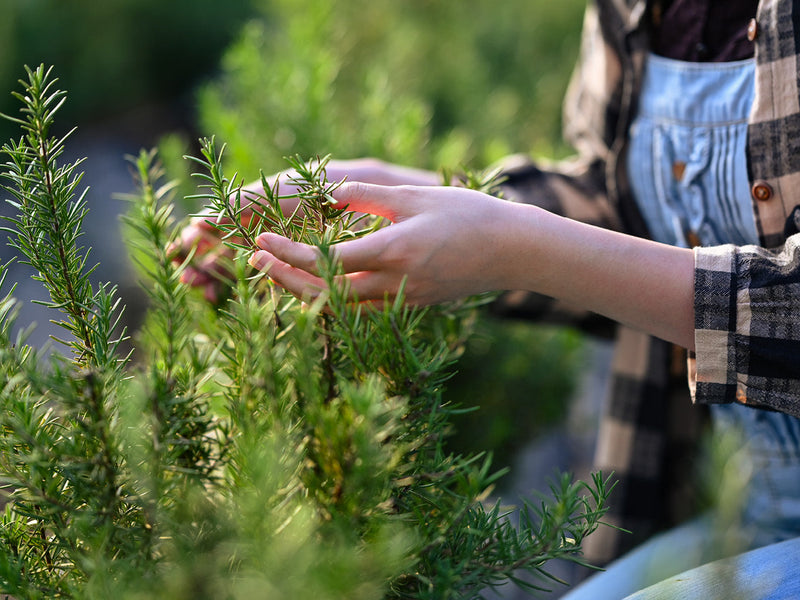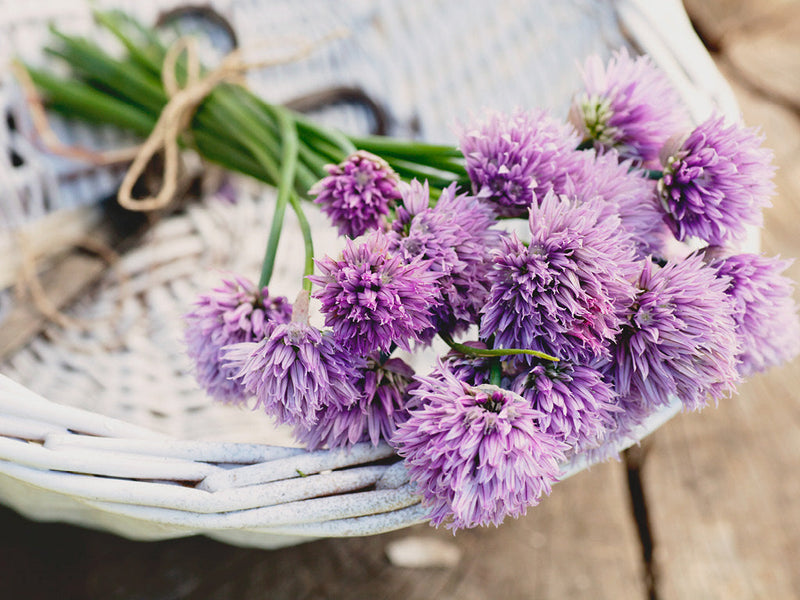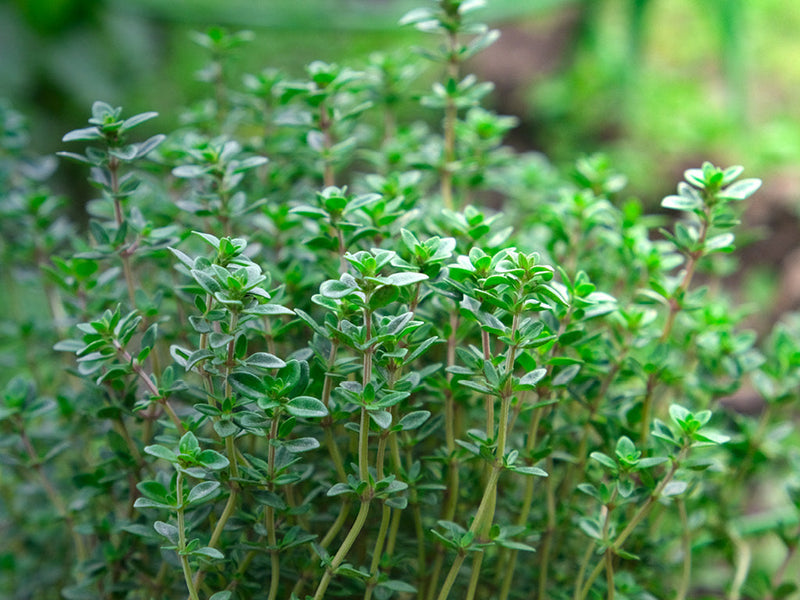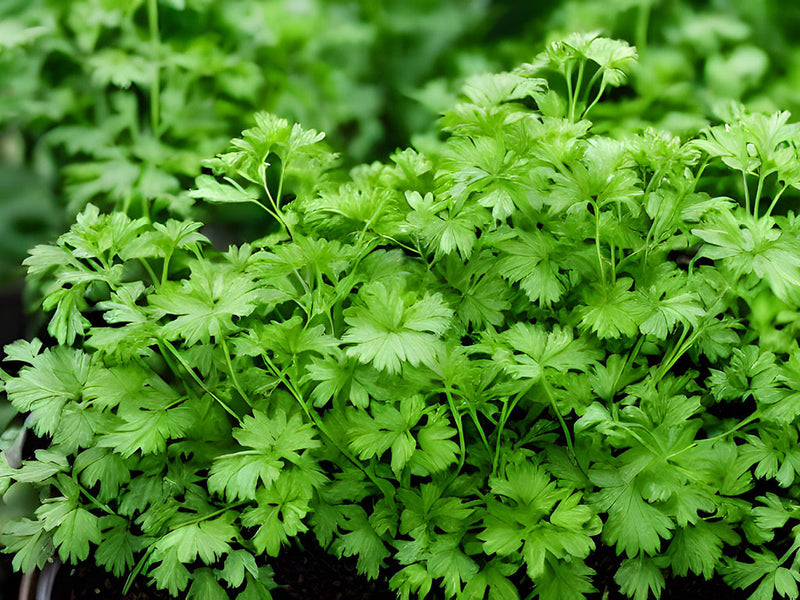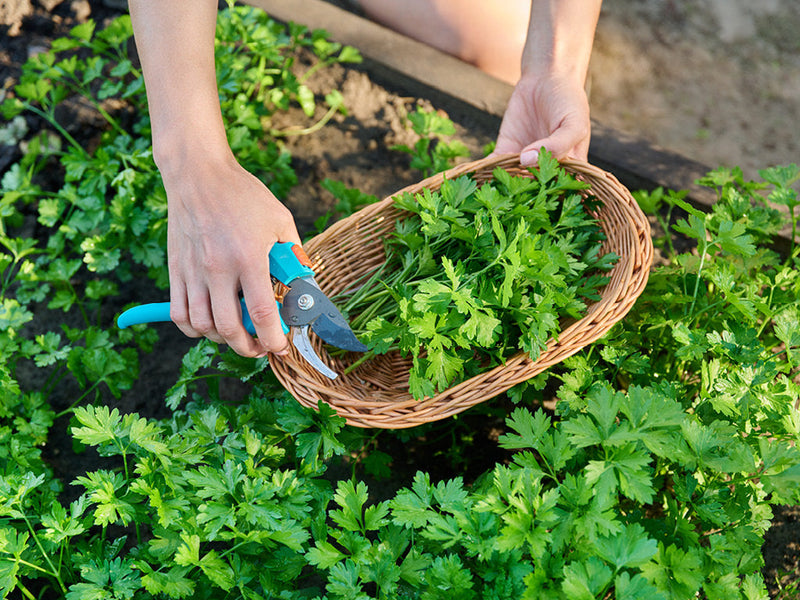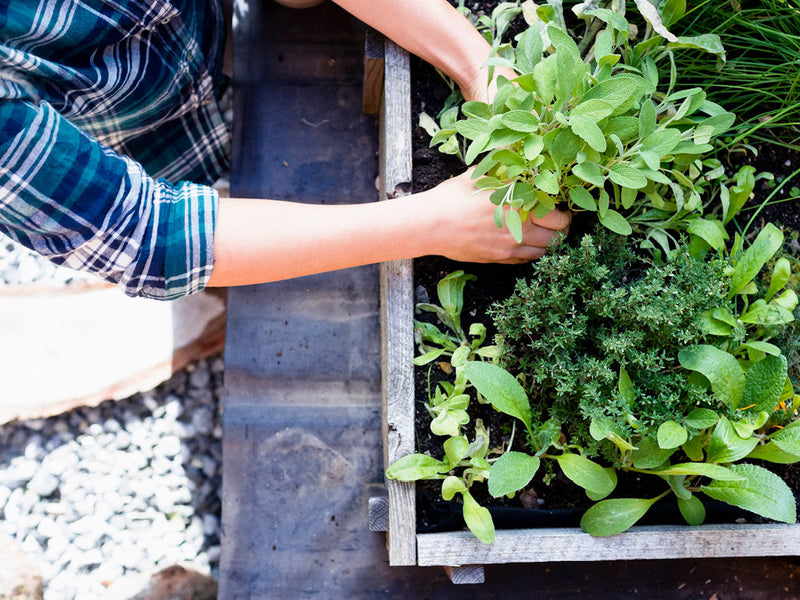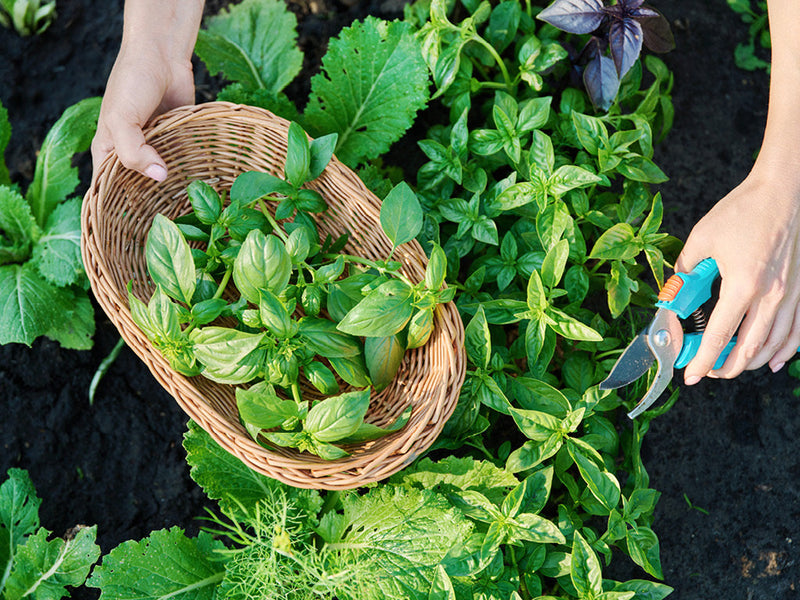In the realm of culinary gardening, oregano reigns supreme as an essential herb that's not only flavorful but also exceptionally beginner-friendly. Whether you're embarking on your first gardening journey or have seasoned green thumbs, oregano is an excellent and useful herb to cultivate. Best started in the spring, this versatile herb thrives whether planted in containers or used as charming ground cover along garden paths. Let's take a dive into the world of planting, growing, and harvesting oregano, and explore the many ways this herb can elevate your culinary creations.
Getting Started with Oregano
What Type of Oregano to Grow
Oregano comes in an array of flavors, colors, and aromas. Within the extensive roster of over 40 oregano species, below you will find the most commonly used and loved in the culinary and medicinal realms.

Common oregano (Origanum vulgare) also known as wild marjoram is milder than Greek oregano and used often for medicinal purposes as well as culinary dishes. Blooms midsummer to fall with pink to light purple flowers.

Starting Oregano Seeds Indoors
For optimal germination and a head start, especially in cooler climates, beginning your oregano seeds indoors is a wise choice. Here are the steps to guide you in getting your oregano seeds off to a thriving start:

- Begin by sowing seeds 6-8 weeks before the last spring frost.
- Use a seed-starting mix (we use our Organic Compressed Potting Soil) in small pots or seed starting trays
- Plant the seeds by barely covering them with soil, as these particular seeds require light for germination.
- Keep the soil moist but not soggy, and place the pots in a warm spot with plenty of indirect sunlight or under a grow light.
- Seeds will germinate within 7-14 days.
- Once the seedlings have four true leaves, they're ready for the next adventure: transplanting!
Transplanting Oregano Outdoors
When the danger of frost has passed and your seedlings are well started, it's time to move them into their forever home.
- Wait until the temperatures are consistently 50˚ or above, and choose a sunny spot with well-draining soil.
- Before transplanting, expose the seedlings to outdoor conditions gradually over a week to acclimate them.
- Transplant seedling in the early morning or on an overcast day.
- Gently remove the seedlings from their indoor pots, taking care not to damage the roots.
- Dig small holes in the garden, spaced 12" apart, and place the seedlings inside.
- Water them well, and watch as they take root in their new environment. Regular watering will help them grow strong and flavorful.
- If transplanting your oregano to a larger pot, choose one that has good drainage holes and is minimally 8 inches in depth and 10 inches in width.

Impact Of Optimum Plant Spacing
We've touched on this before, but it's worth emphasizing: proper plant spacing is crucial for healthy oregano. A 12" spacing between plants allows them to grow without competition, enjoying ample sunlight, nutrients, and airflow. Proper spacing also helps prevent diseases and ensures that each oregano plant reaches its full potential.
Taking Care of Your Oregano Plant
Growing oregano isn't just about planting seeds and nurturing them into thriving plants. Like any other gardening practice, it requires attention, understanding, and a bit of guidance. From watering to winter protection, let's dive into the care practices that will make your oregano plants flourish.
Watering Needs
In the beginning, keep the soil evenly moist to encourage strong root development. Once established, oregano prefers slightly dry soil.
Watering once a week or when the soil feels dry to the touch should do the trick. Be mindful not to overwater, as soggy soil can lead to root rot. It's all about balance!
Fertilizer Requirements
Oregano isn't too picky about food, but a little nourishment can go a long way. A balanced, all-purpose fertilizer such as our Organic All Purpose Fertilizer, applied in the spring can boost your plants. Remember, less is often more with oregano. Over-fertilizing can lead to lush growth but less flavor.
Pruning and Training
Pruning isn't just for looks; it helps your oregano grow bushy and full of flavor. Remember to regularly pinch off the tips of the stems, especially before flowering, to encourage new growth. Removing dead or damaged leaves keeps the plant healthy and attractive.
Winter Protection
If you live in a region with cold, wet winters, your oregano might need a little extra care. Mulching with straw or leaves can provide insulation, protecting the roots from freezing temperatures. In extremely cold areas, consider moving potted oregano indoors.
Harvesting and Using Oregano
The moment has arrived! Your oregano plants are lush, fragrant, and ready to be enjoyed. Harvesting and using your homegrown oregano is a celebration of flavor and achievement. From picking the perfect leaves to drying and storing them, let's explore how to make the most of your oregano harvest.
When to Harvest
Timing is everything when it comes to harvesting oregano. Oregano leaves are ready for harvest when plants are at least 45 days old.
Harvesting leaves just before the plant flowers will be when flavor is at its peak, intense and slightly bitter, ready to elevate your favorite dishes.
How to Harvest
Early morning, after the dew has dried but before the sun gets too hot, is the ideal time to snip those fragrant leaves. When cutting a sprig, ensure you leave at least one set of leaves on the stem for regrowth. It's the practice of trimming just enough to enjoy without hindering future growth.
Tips for a Bountiful Harvest
How to Dry and Store
Fresh oregano is a treat, but you can also dry and store it for later use. Once you've harvested those fragrant leaves, here's how to preserve them.

Creative Ways to Enjoy Your Homegrown Oregano
Growing your own oregano is just the beginning; the real fun starts when you bring those fragrant leaves into your kitchen. From classic culinary delights to unexpected twists, here are some creative ways to savor the flavor of your homegrown oregano.
In the Kitchen
For Health and Wellness
Gifts from the Garden
Common Problems and Solutions
Growing oregano is usually a breeze, but like any garden adventure, it can have its ups and downs. From pesky pests to tricky diseases, knowing how to tackle common problems is vital to keeping your oregano happy and healthy. Don't worry; we've got you covered with solutions to ensure your oregano journey is smooth sailing.
Pests and Diseases
Oregano is generally pest-resistant, but sometimes aphids or spider mites might pay a visit. The simplest way to get rid of these critters is to wash them off your plants with a strong blast of water. A garden hose is perfect for this job. If they persist, make a homemade organic soap solution to spray on the affected areas. To make the solution use 1 tablespoon organic soap (I use Dr. Bronners Peppermint Castile soap) to one quart of warm water.
Mint rust, a fungal disease, might also appear as orange spots on the leaves. Pruning affected areas and ensuring good air circulation can keep this problem at bay.
Avoiding Root Rot
Root rot can be a sneaky problem, but it's preventable. Ensure your oregano is planted in well-draining soil, and be mindful not to overwater. If you're growing oregano in pots, ensure they have drainage holes. Give your plants the right environment to breathe and grow without getting waterlogged.
Fading Flavor
Sometimes, oregano might lose its characteristic flavor, especially if it's over-fertilized or allowed to flower extensively. Regular pruning and balanced fertilizing can keep the flavor vibrant. If the plant seems tired, dividing it and replanting can rejuvenate its zest.
Conclusion
Whether you're a seasoned gardener or just starting, oregano is a wonderful addition to your garden. It's easy to grow, rich in flavor, and offers endless culinary possibilities. So why wait? Grab a packet of oregano seeds, find a sunny spot, and let the adventure begin. Your garden and your kitchen are ready for the oregano magic.
And remember, every garden adventure comes with its unique twists and turns. If you have questions, need advice, or want to share your Oregano success stories, we're here for you.
Happy Growing!
![]()
